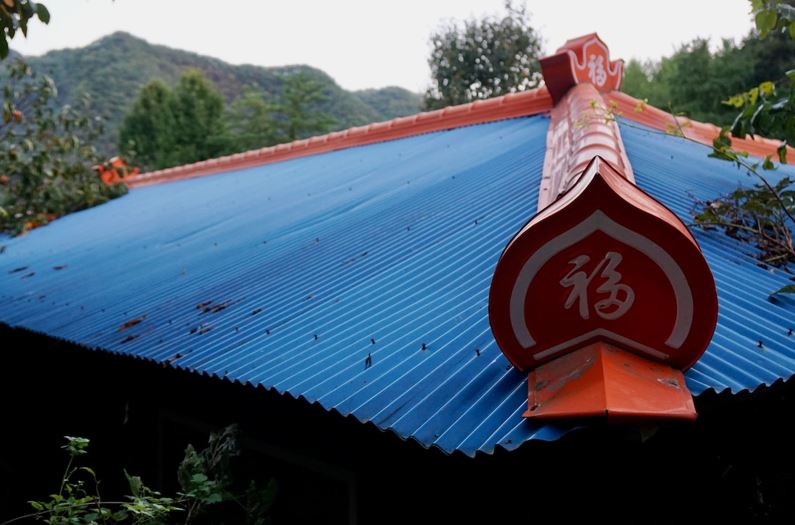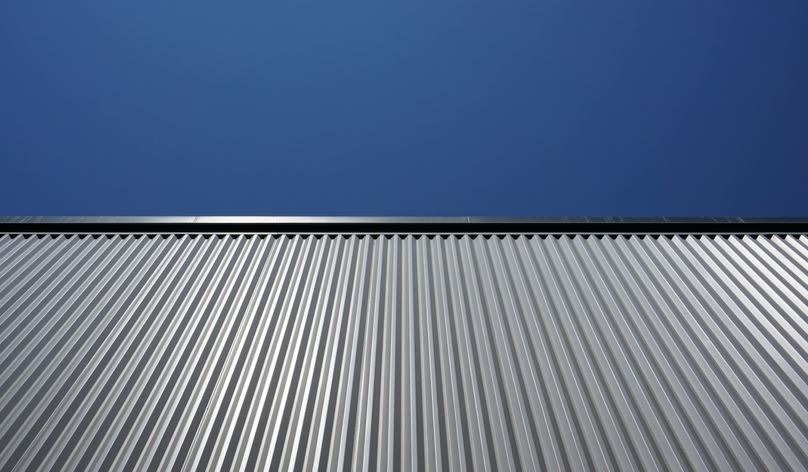In the world of architecture and home renovation, the materials we choose for our homes carry substantial importance. It’s not just about aesthetic appeal; durability, sustainability, and cost-effectiveness are paramount considerations as well. One material that ticks all these boxes, especially when it comes to roofing, is metal. Over the past decade, metal roofing has soared in popularity amongst homeowners and builders alike, mainly due to its longevity and environmental benefits. But what exactly are the advantages of switching to metal roofing?
Longevity
While the initial metal roofing cost might seem higher compared to traditional shingles, it is essential to factor in the long-term benefits that contribute to the overall return on investment. A metal roof, when installed and maintained correctly, can last up to 50 years or even longer, outlasting typical asphalt shingle roofs that usually need replacement every 15 to 20 years. Furthermore, metal roofs are incredibly resilient, capable of withstanding harsh weather conditions, including heavy snowfall, high winds, and even hail storms. This longevity and durability eliminate frequent replacement expenses and maintenance costs, eventually paying for itself over time.
Energy Efficiency and Environmental Impact
As our society becomes increasingly eco-conscious, we are continuously searching for ways to reduce our carbon footprint. A major benefit of metal roofs is their energy efficiency. During hot seasons, metal roofs reflect solar radiant heat, which can reduce cooling costs by up to 25%. Conversely, in colder climates, a properly insulated metal roof can retain heat, resulting in lower heating bills.
Furthermore, metal roofs are often composed of recycled materials and are nearly 100% recyclable at the end of their life span. Unlike conventional roofing materials, which contribute to annual building-related waste, metal roofs have a significantly lower environmental impact. Switching to a metal roof is a tangible way homeowners can contribute to global sustainability efforts.
Enhanced Aesthetic Appeal
Though often understated, the aesthetic versatility of metal roofs is a substantial benefit. Modern metal roofing is available in a broad range of styles, textures, and colors, allowing homeowners to customize their roofs to align with their architectural vision. Whether you desire a sleek, contemporary aesthetic or prefer a more rustic, traditional design, there’s a metal roof to match your style.
Fire Resistance and Safety
When it comes to safety, metal roofs hold another distinct advantage. They are non-combustible, meaning they are highly resistant to fire. This is an essential feature, especially in areas prone to wildfires or for homes with chimney heating systems. It’s not just about the roof itself; metal roofing can protect your home’s overall structural integrity, contributing to peace of mind and enhanced safety for your family.
Resistance to Pests and Mold
Another exceptional advantage of metal roofs is their natural resistance to pests and mold. In regions where termites, carpenter ants, or other wood-boring insects are prevalent, traditional wood or asphalt shingles can become a prime target. These pests can cause considerable structural damage that requires expensive extermination and repair. However, with metal roofing, such threats are virtually nonexistent.
Additionally, mold, mildew, and fungus can significantly degrade traditional roofing materials, reducing their lifespan and requiring costly maintenance. Metal roofs, on the other hand, are resistant to these organic threats. They provide a non-porous, robust surface where such harmful organisms cannot thrive. This characteristic further enhances the durability and longevity of metal roofs, reducing overall maintenance and replacement costs over time.
Noise Reduction Qualities
A common misconception about metal roofs is that they can be noisy, especially during rain or hail storms. However, when installed with proper insulation, metal roofs can actually be quieter than other roofing materials. The sound of raindrops or hail hitting the metal surface is significantly dampened by layers of insulation, underlayment, and the attic space beneath the roof. For individuals who prioritize tranquility in their homes, the noise-reduction qualities of metal roofing can contribute to a quieter, more serene living environment.
Ease of Installation
Unlike some traditional roofing materials that require extensive labor and time to install, metal roofing is relatively quick and easy to put in place. Metal roofs often come in larger sections or panels, meaning fewer pieces to install, which can significantly reduce installation time. A faster installation process not only saves time but also reduces labor costs, making a metal roof an efficient choice for both contractors and homeowners.
Weather Resilience and Wind Resistance
In addition to withstanding heavy snowfall and hail storms, as mentioned earlier, metal roofs also exhibit superior performance in resisting heavy rain and high winds. The interlocking design of metal roof panels provides a continuous surface that effectively sheds water, reducing the risk of leaks.
Similarly, the sturdy construction and installation of metal roofs make them highly wind-resistant. They can withstand much higher wind speeds than traditional shingle roofs, making them an ideal choice for homes in areas prone to hurricanes or heavy storms. By switching to a metal roof, homeowners can enhance their home’s resilience against severe weather conditions, reducing the potential for damage and associated repair costs.
Versatility for Different Building Types
While we often think of metal roofing in the context of residential homes, it’s important to note their versatility extends to various building types. Whether it’s a commercial building, industrial facility, agricultural barn, or even a tiny home, metal roofing offers durable, cost-effective, and energy-efficient solutions. Their light weight can be an advantage for larger structures, where weight can become a significant concern. Moreover, their aesthetic versatility means that they can adapt to different architectural styles, aligning with the vision and function of the building.
Low Maintenance Requirements
Unlike other roofing materials that may require regular upkeep and repairs, metal roofs are renowned for their low maintenance requirements. Due to their durability and resistance to weather elements, pests, and mold, metal roofs seldom require more than an occasional cleaning. This low maintenance characteristic significantly reduces the time and cost homeowners need to invest in roof upkeep.
While regular inspections are advisable to ensure no damage from extreme weather events or potential issues at seams and fasteners, these checks are typically less frequent and less involved than with other roofing materials. The low-maintenance nature of metal roofs is another testament to their convenience and cost-effectiveness, furthering their appeal to homeowners who value practical, hassle-free solutions.
Increase in Property Value
Switching to metal roofing can also lead to an increase in your property’s value. As mentioned earlier, potential buyers often perceive metal roofs as a high-value upgrade due to their longevity, energy efficiency, and aesthetic appeal. But there’s more to this story.
Real estate appraisers take note of the reduced maintenance costs, durability, and energy efficiency when assessing a property. As a result, homes with metal roofs often appraise higher than those with traditional shingles. Additionally, some insurance companies may offer reductions in premiums due to the increased durability and fire resistance of metal roofs. This increase in property value and potential for insurance savings can make metal roofs a savvy investment for property owners looking towards future resale.
Conclusion: The Value in Metal Roofing
When evaluating roofing options, the advantages of switching to metal are manifold. It’s a move that pays dividends in terms of durability, aesthetic flexibility, energy efficiency, fire safety, and environmental sustainability. Despite the initial metal roof cost, the long-term savings and benefits make it an investment worth considering. If you’re in the market for a new roof, it might be time to think beyond traditional materials and give metal roofing its well-deserved consideration.


